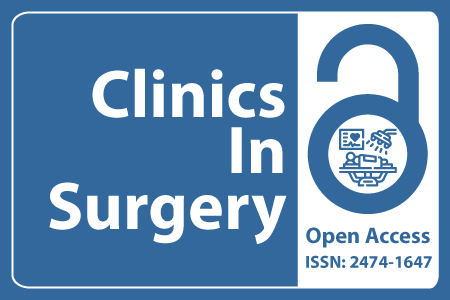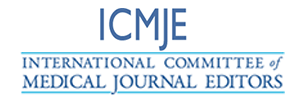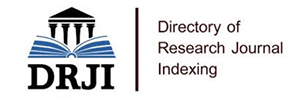
Journal Basic Info
- Impact Factor: 1.995**
- H-Index: 8
- ISSN: 2474-1647
- DOI: 10.25107/2474-1647
Major Scope
- Thoracic Surgery
- Emergency Surgery
- Oral and Maxillofacial Surgery
- Pediatric Surgery
- Urology
- Otolaryngology - Head and Neck Surgery
- Vascular Surgery
- Colon and Rectal Surgery
Abstract
Citation: Clin Surg. 2017;2(1):1588.Research Article | Open Access
Diagnostic Imaging Strategies in Pediatric Appendicitis at Tertiary and Referring Hospitals
Erica I Hodgman, James H Wood, Lorrie S Burkhalter, Madhu Subramanian, Jennifer L Styers, Nudrat Khan and Robert P Foglia
Department of Surgery, Division of Pediatric Surgery, University of Texas Southwestern, Dallas, TX, USA
Department of Surgery, Division of Pediatric Surgery, Children’s Medical Center Dallas, Dallas, TX, USA
*Correspondance to: Robert P. Foglia
PDF Full Text DOI: 10.25107/2474-1647.1588
Abstract
Background: The diagnosis of pediatric appendicitis has evolved from a clinical evaluation, to one relying heavily on imaging. Increasing awareness of the danger of ionizing radiation with Computed Tomography (CT) has led to more frequent use of Ultrasound (US). The study aim was to assess imaging techniques and their accuracy at Children’s’ Medical Center Dallas (CMC) and its Referring Hospitals (RH) in patients with a limited differential diagnosis of appendicitis.Methods: Upon IRB approval, we reviewed the medical records of all boys, who underwent appendectomy at CMC in one year.Results: 385 boys, aged 8 to 14 years, underwent appendectomy during the study, 238 (61.8%) patients initially presented to CMC, 86% had an US, with 80% accuracy, 147 (38.2%) were transferred from RHs, 96 (65%) patients had a CT before transfer. The ratio of US: CT as the initial imaging test was 69%:6% at CMC, and at RHs 7%:66% (p <0.0001), 40 patients were transferred without an imaging study. After transfer, 22 patients (55%) had an US, 3 (8%) a CT, and 6(16%) had both US and CT. Only 23 patients underwent appendectomy without imaging. There was no significant different in rate of appendicitis, perforation, or negative appendectomy between the two groups.Conclusions: This study shows a great disparity in imaging modalities at different hospitals, and US has a high accuracy in most patients. US as the initial study, with CT in cases where diagnosis remains uncertain, both reduces diagnostic uncertainty and radiation risk.
Keywords
Cite the article
Hodgman EI, Wood JH, Burkhalter LS, Subramanian M, Styers JL, Khan N, et al. Diagnostic Imaging Strategies in Pediatric Appendicitis at Tertiary and Referring Hospitals. Clin Surg. 2017; 2: 1588.













